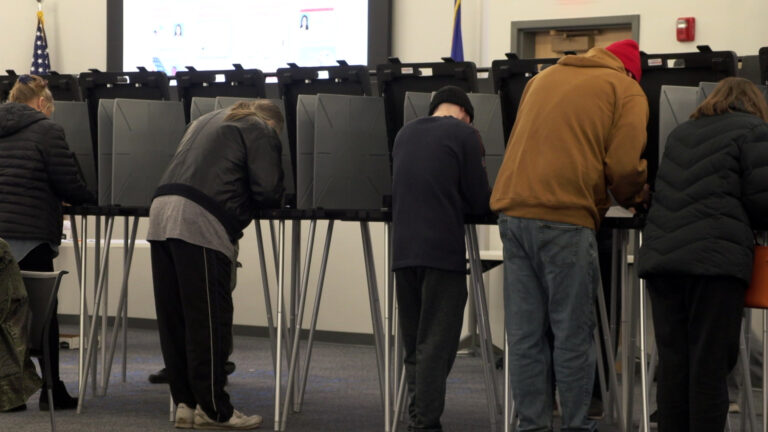Wisconsin Supreme Court rules on legislative redistricting
By Frederica Freyberg | Here & Now
April 15, 2022
Robert Yablon, a University of Wisconsin Law School professor, discusses the state Supreme Court's ruling for Republican legislative redistricting maps, with Justice Brian Hagedorn again a swing vote.
 Passport
Passport











Follow Us